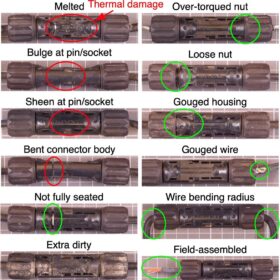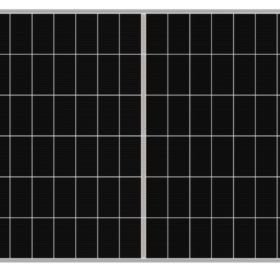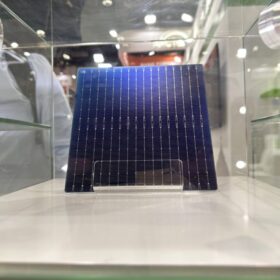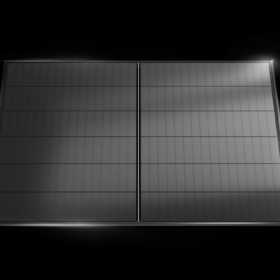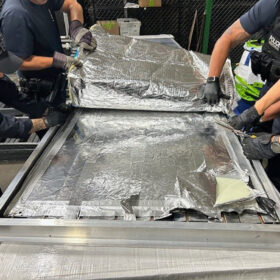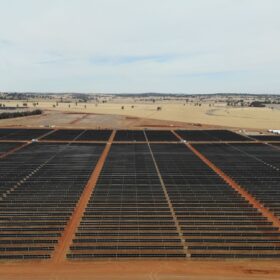Panasonic testing new energy management system to combine solar, heat pumps, batteries
The Japanese company said the first pilot projects are being carried out in the Tokyo metropolitan area with the support of Japanese oil giant Eneos.
Research reveals rates and types of rooftop PV connector failures
Analysis of more than 6,000 rooftop PV connectors shows that tight wire bending radius, extra dirty connectors, and loose nuts are the most common failure causes.
Canadian Solar presents 660 W ‘low-carbon’ heterojunction module with 24.4% efficiency
The new products are available in nine versions with power output ranging from 620 W to 660 W and power conversion efficiency spanning from 23.0% to 24.4%. Canadian Solar said the panels have a carbon footprint of 285 kg CO₂eq/kW, which is reportedly one of the lowest among all silicon-based solar modules worldwide.
JinkoSolar launches 670 W TOPCon solar module with 24.8% efficiency
The Tiger Neo 3.0 panel features an 85% bifacility factor that translates into 553-570 W of rear side power output, according to the Chinese manufactuer. The new product is claimed to be the “world’s most powerful solar module.”
UNSW study shows impact of soldering flux on TOPCon solar cell degradation
UNSW researchers have investigated the impact of two types of soldering fluxes on TOPCon solar modules under damp heat conditions and have found that “no-clean” soldering fluxes can cause severe corrosion of front silver-aluminum contacts. The researchers have also found that denser metallisation structures and lower aluminium content improve corrosion resistance.
JinkoSolar presents 475 W TOPCon dual-glass solar panel with 23.77% efficiency
The Chinese manufacturer said its new IEC 61215-certified rooftop PV module relies on a 30 mm aluminum frame and dual-glass construction that reportedly help it withstand extreme snow loads and wind pressure.
Research warns of UV-induced degradation in TOPCon solar cells from invisible light
Researchers from UNSW have found that invisible light accelerates UV-induced degradation in TOPCon solar cells, producing the same degradation effects as visible light but at a much faster rate. This can lead to significant open-circuit voltage losses and reduce cell efficiency.
Aiko offers 500 W all-back contact solar modules for C&I applications
The Chinese manufacturer has upgraded its Infinite ABC solar module series with four new product versions. It claims the new modules are the world’s first 500 W panels measuring less than 2 m2.
Vertical bifacial photovoltaic balustrade for building edges
Conceived by scientists in Hong Kong, the solar balustrade integrates bifacial PV panels and is considered an ideal solution for “cool roofs.” Roof albedo and module orientation are critical drivers of system performance.
Customs officers seize 146 kg of meth hidden in solar panels
United States border officials at Los Angeles International Airport have seized 146 kilograms of methamphetamine concealed in a shipment of solar panels bound for New Zealand.


